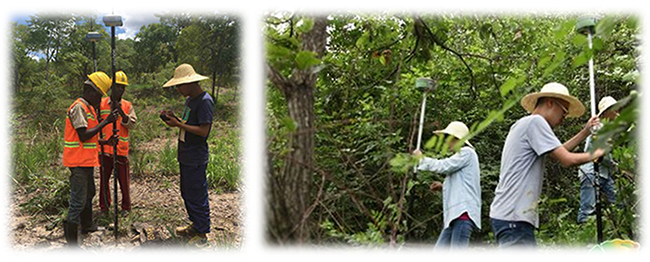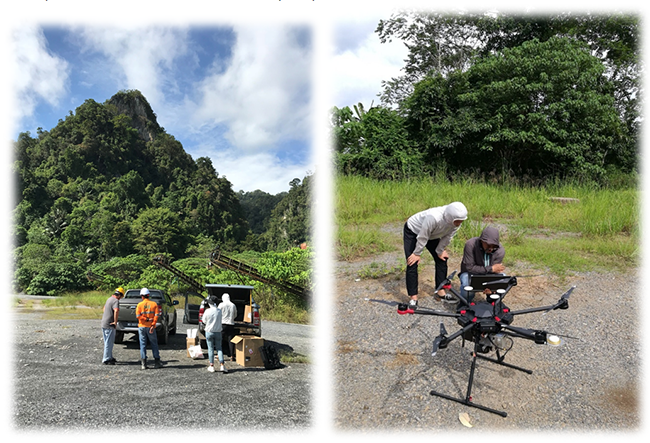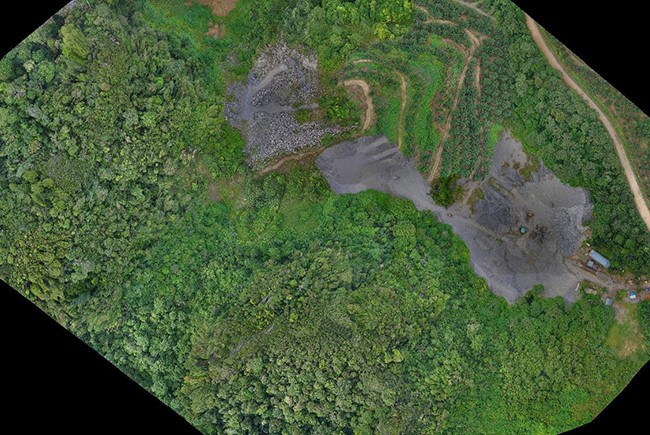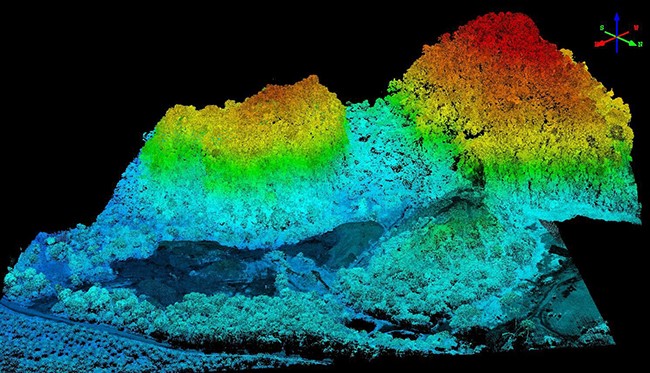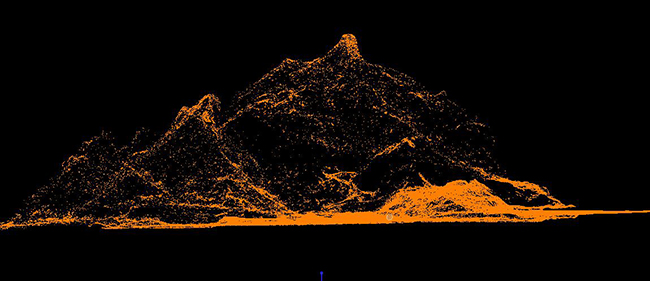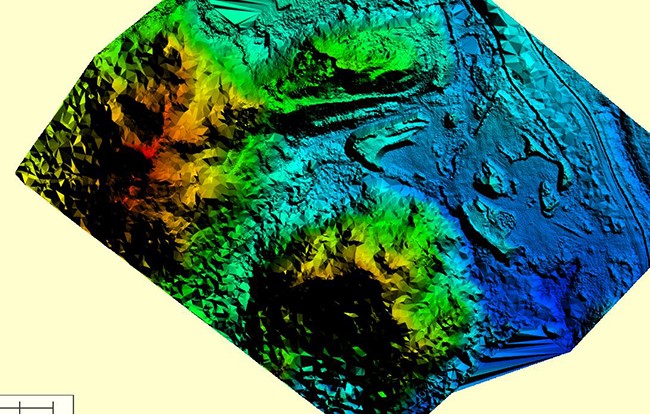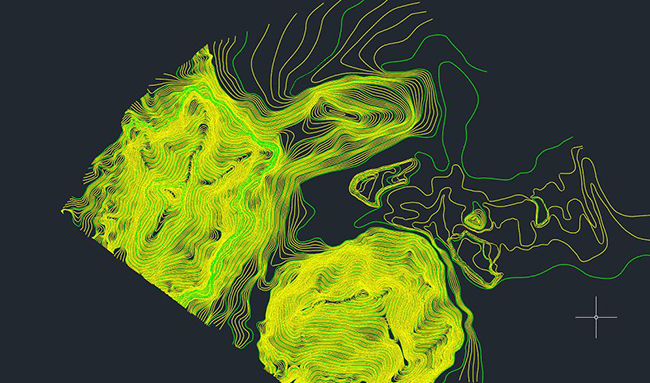LiDAR, commonly known as Light Detection And Ranging, has been penetrating our geo-spatial society over the past few years. Some of the people appreciate the performance and efficiency that much, though it’s not cost friendly to the community yet. Therefore, the general public might be very curious about how this new comer benefits the survey work indeed. And this essay intends to kick off some of these question marks.
Existing Headaches to Surveyors Nowadays
Generally speaking, survey-grade outputs are considered as qualified and satisfactory final products for official submissions. That’s why mapping accuracy is always a hot topic among surveyors. Secondly, work efficiency is a trouble sometimes, especially when the mission is to be done in those inaccessible or vegetated zones. Fortunately, UAV photogrammetry using one of the remote sensing methodologies can help with aerial mapping for the places hard to reach. But practitioners find it quite difficult particularly in elevation accuracy control unless some ground control points are established for further adjustment after aerial triangulation. However, GCPs measurement seems not so practical where RTK surveyors might suffer continuous GPS signal loss, for example, in forest jungles and mountainous areas.
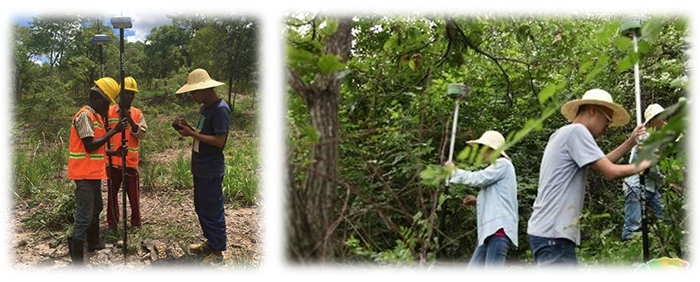
How LiDAR Came into the Geo-spatial Industry?
With no doubt, DTM is a critical output that surveyors are mostly concerned about. And how to reach the bare earth surface and obtain the ground points is the biggest headache to all parties intended to conduct the tough survey jobs mentioned above. Yet, mobile laser scanning applications now provide an ideal alternative to the survey world. As a new surveying method, it measures distance to a target by illuminating with pulsed laser light and measuring the reflected pulses with a sensor, capable of highly precisely positioning the spot made by the laser beam, with detection accuracy reaching centimeter-level! And it’s believed that 10 cm sounds great to most of the survey tasks. On the other hand, unlike the conventional equipment capturing just the data required, LiDAR collects numerous 3-dimensional data in a contactless way while working. Then, higher point density is possible because LiDAR features largely in canopy penetration, by which much more ground points are truly geo-referenced. In other words, surveyors may expect abundant but highly accurate measurement results with LiDAR. And this is what the title, LiDAR Gets You “Manywhere”, literally aims to tell.
A Typical LiDAR Survey Story
Look at the pictures below. It’s a 35-hectare granite mine site, not big in area size actually. The mining company would like to obtain the terrain data and evaluate the workable mine reserves. Obviously, a topographic map in the form of DTM is needed. Their survey team rejected RTK measurement mainly because this small zone has an almost-300-meter vertical drop and a very high vegetational cover up to 85%. They assumed that it’s hard to track satellite signals under the trees, and as a result, RTK fixed solution is a big challenge. Without sufficient data captures by ground measurement, there’s no way to come out with accurate outputs as expected. What’s more, mountaineering is definitely impractical in terms of staff safety. Therefore, UAV-based LiDAR plus camera seems to be their unique option.
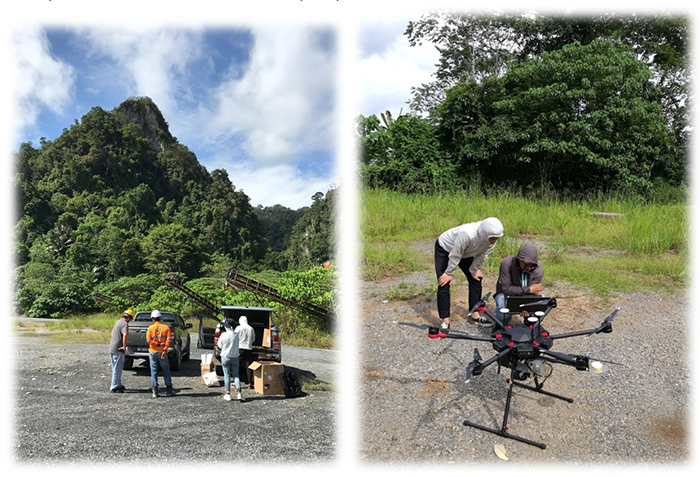
Do More with Less, Yet Less Is More.
1 person for both UAV pilot and LiDAR operator.
1 set of UAV + LiDAR + camera.
Half a day for fieldwork, including 2 flights of data capture.
2 days for data process, generating orthophoto map, point cloud, DTM, contours, etc.
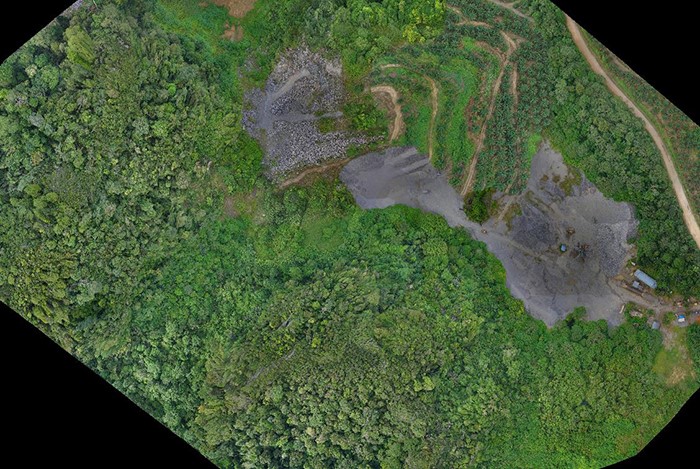
orthophoto map production by aerial photogrammetry
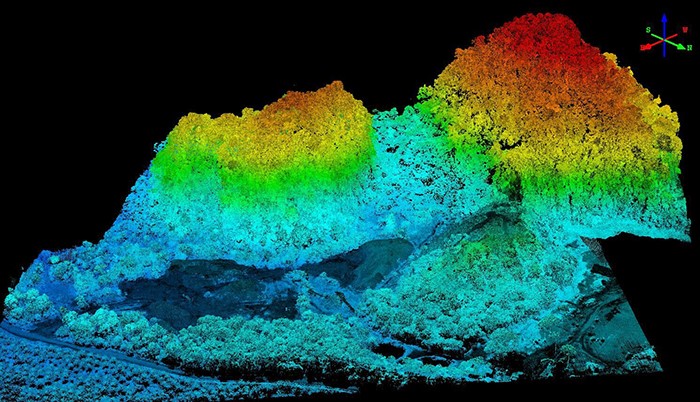
point cloud display (before removing vegetations)
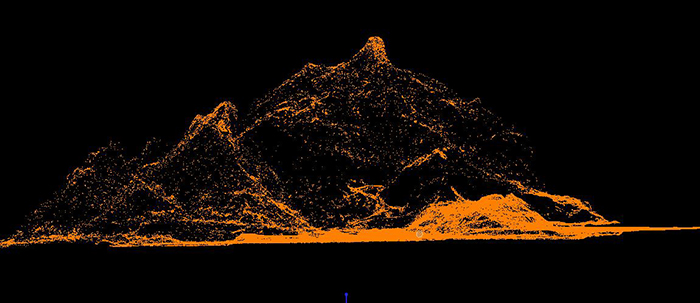
extracted point cloud for the bare earth surface of mountain body
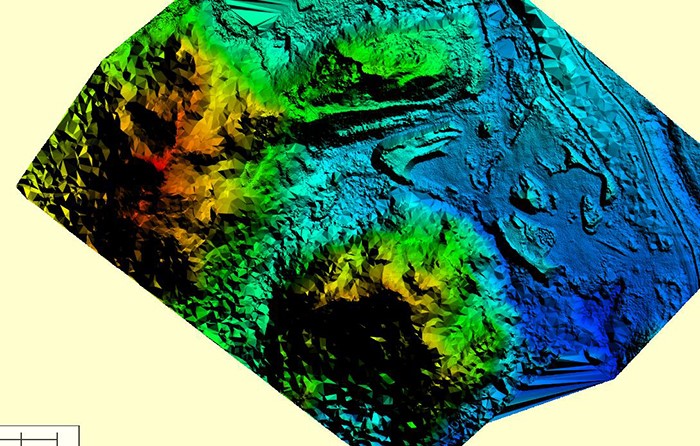
DEM/DTM output by classifying point cloud and removing all ground objects
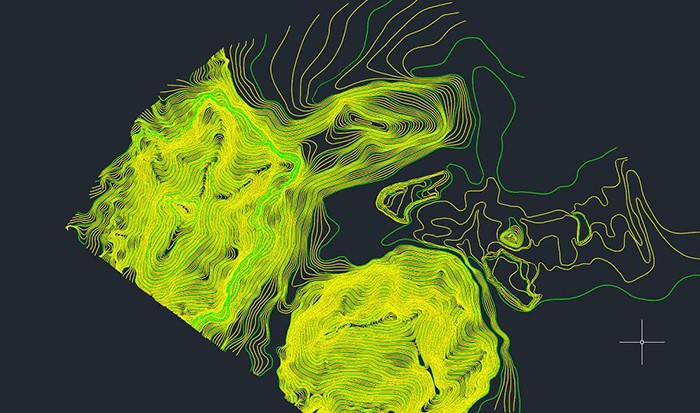
contour lines generated with 1m interval
In the story, fieldwork within half a day, then data processing and verification with 2 more days were incredible to the mining company. Yet, they enjoyed a variety of deliverables other than just points, lines and polygons from conventional survey. And last but not least, mapping accuracy is well under control by sufficient point density and demanding ground objects removal.
In conclusion, mobile laser scanning is now becoming a trendy choice to surveyors, as survey-grade accuracy and job efficiency are well balanced. So, LiDAR your mind, please.




